|
EOS |
|
Astronomy
1 |


|
Kepler’s war with Mars |
|
Kepler’s War with Mars |
|
Locating Earth Locating earth’s position in its orbit on the day Mars is observed is possible using the heliocentric longitude angle, Θ. The line drawn from the earth to the sun on the vernal equinox is the zero angle reference axis; the vernal equinox is therefore at 180°. Today’s calendar puts the vernal equinox on March 21; the old calendar, under which Tycho Brahe was working, had the vernal equinox on March 10. So the position of earth can be plotted either by the longitude angle or the date. |

|
As an approximation, earth can be located in its orbit by date in this manner: consider earth’s year of 365.256 days as having 12 months of thirty days, thus each day corresponds with a rotation about the sun of 1°. This gives the angle to within about 1.5 %. Let 0° be on Sept 21 with the present calendar. If dates are from the old calendar, set September 10 as 0°. Of course, if exact precision is required then the circle representing earth’s orbit could be divided into 365.2564 equal spaces and earth could be located by counting days. A tedious prospect. |
|
One of the images of the earth in this figure is shown on November 16. If the equinox occurred on September 12 then this date corresponds to 65 days past the Autumnal equinox. Since there are 360 degrees/365.2564 days = 0.98561 degrees/day, that date corresponds to a heliocentric longitude of 64.06°. |
|
Mars is observed in the night sky from the vantage point of earth of course and its position is specified by its elongation angle, Φ, the angle between the sun and Mars. The elongation indicates that Mars is somewhere along that line of sight on the date of the observation but the distance to Mars is unknown. This observed angle giving the position of Mars is measured either east or west relative to the line between the earth and sun – regardless of where the earth is along its orbit. |
|
Locating Mars |
|
One Martian year is 1.8807 earth years [or, (1.8807 years) x (365.2564 days/year) = 686.938 days; in other words, 43.575 days short of two earth years]. If two Mars observations are exactly one Martian year apart then Mars is at the same point along its orbit. Although in this case Mars is at the same point, earth is not at the same point in its orbit; earth has completed 1.8807 revolutions about the sun. An observation of Mars at point 1 in the diagram (at Θ1) gives the line of sight of Mars on that date. Thus, another observation 686.938 days later, at point 2, the earth has not quite completed two revolutions but Mars is at the same place. This observation at Θ2 gives the line of sight of Mars on that date. The location of Mars must therefore have been at the intersection of these two lines of sight, even though the distance to Mars is still unknown. Enough observations of this type will show the orbit of Mars. |
|
Kepler’s Elliptical Orbit of Mars |

|
Earth orbit |


|
Sun |
|
0° |


|
Θ2 |

|
Mars |
|
Θ1 |

|
1 |
|
2 |
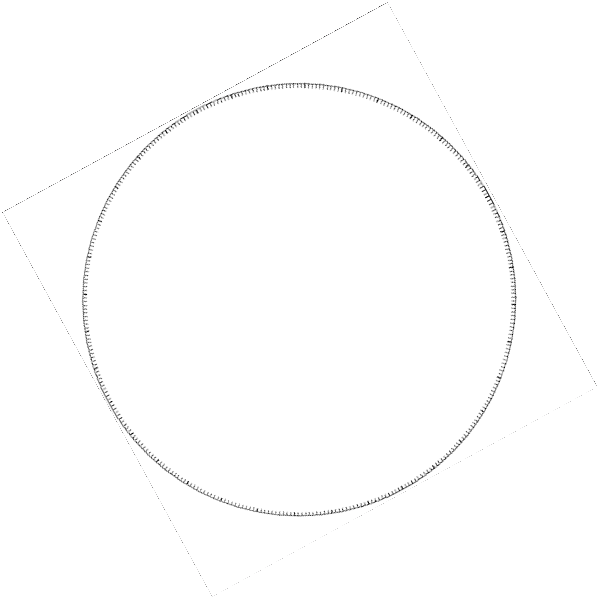


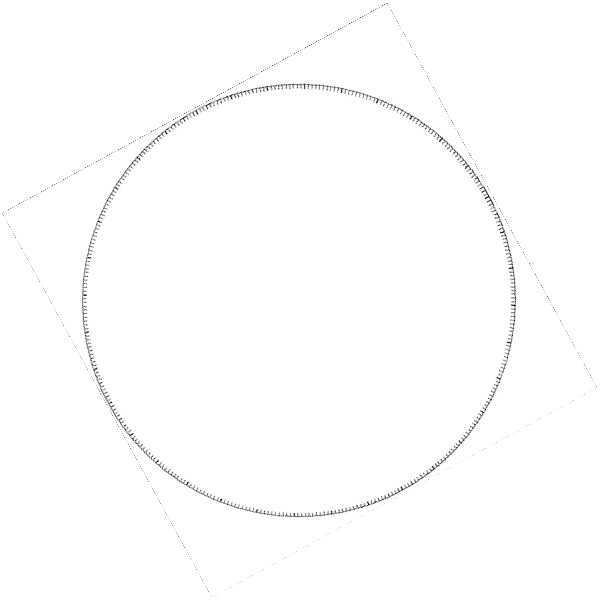




|
Western Elongation |
|
Eastern Elongation |
|
Elongation angles Φ1 and Φ2 are observed. |

|
Earth orbit |



|
0° |


|
Mars |


|
1 |
|
2 |
|
A person standing on the surface of earth and facing north would have the compass direction east towards the right shoulder and west towards the left shoulder. Still facing north but looking at objects in the sky, east and west directions would be the same. The dividing line between east and west is the meridian. Still facing the sky but now looking south, east would be in the same compass direction, but east would be towards the left shoulder. West would be towards the right shoulder. Looking down onto the earth from the north celestial pole (that is, looking south), eastern elongation is to the left and western elongation is to the right. The zero reference point is the line from the earth the sun. Elongation angles, then, range up to 180°. |



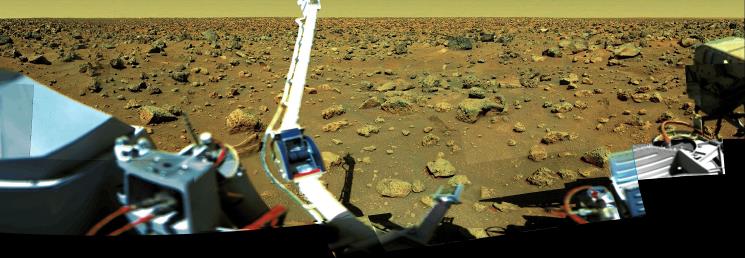

|
Flash News Astronomia nova Dateline: Heidelberg, 1609
“Grim-visaged war hath smooth'd his wrinkled front” Richard III, Act I, Scene I
Mars, the Roman god of war has been defeated in pitch battle by the forces of the German astronomer Johannes Kepler. Astronomer Kepler, bested by Mars in many initial skirmishes by his (Kepler’s) own false assumption regarding the nature of Mars’ repetitive behavior on the battlefield, finally mustered the superior forces of mathematics and logic to gain victory against the subtleties and subterfuges of Mars. The tactic used by Mars was one of obfuscation and obscurity. The downfall of Mars was ultimately assured, however, as Kepler was aided in materiel support by his former commander, the lateTycho Brahe. Brahe’s observations of the movements of Mars on the battlefield provided the margin of victory for Astronomer Kepler in his “little war with Mars”.
|
|
Photos: nasa
All links and photo references valid at time of writing and in future will likely never be checked to see if they are still valid. |

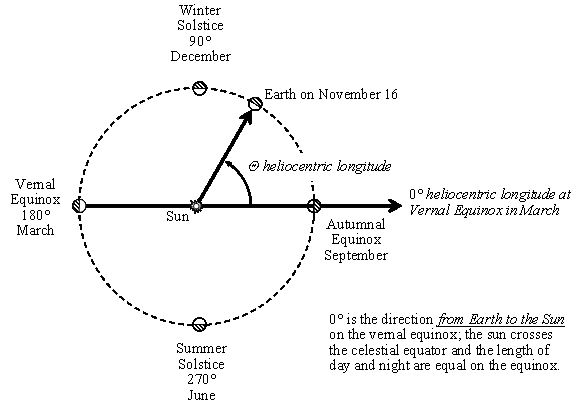
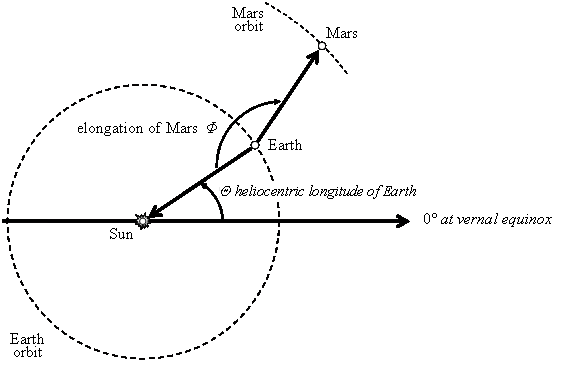

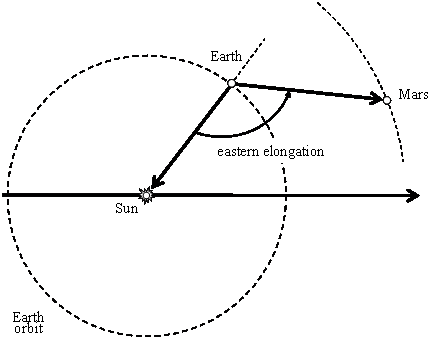
|
Position of Earth on Feb. 1st |
|
Position of Earth on Feb. 1st |